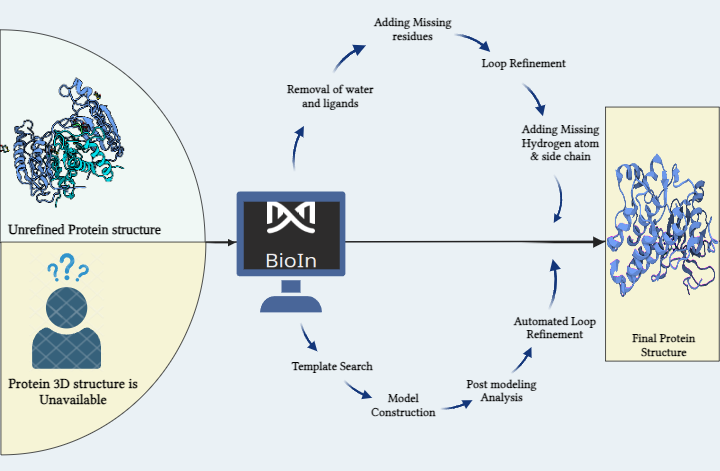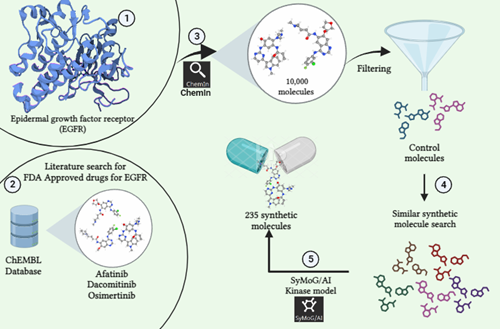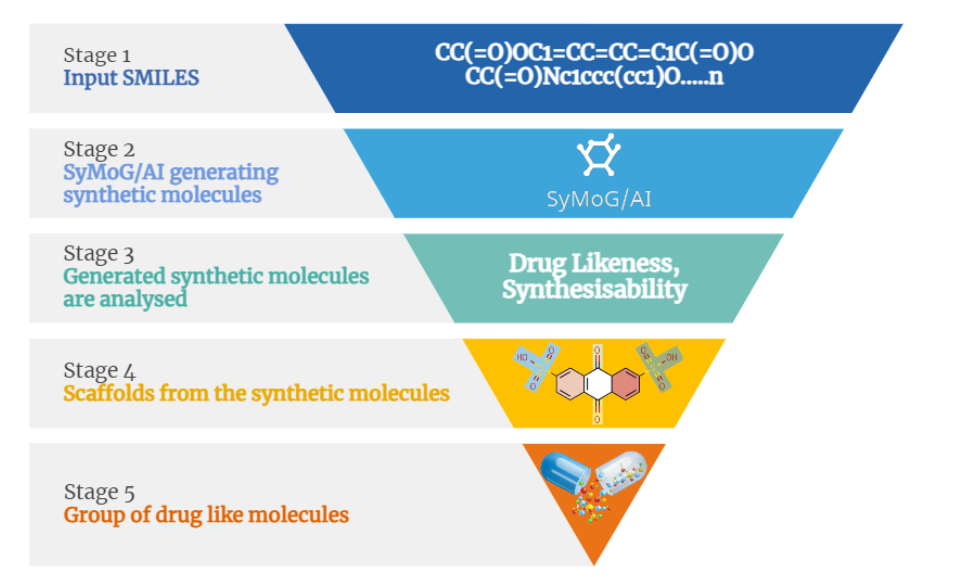Insilico Drug Repurposing Approach To Identify Drugs For The Treatment Of Neglected Diseases using PRinS3 ® Platform

Chagas Disease can be described as a condition in which the parasite named Trypanosoma cruzi is involved and is the main causative agent of this disease. These parasites can enter the body through the mucous membranes and also through the breaks in the skin. They can cause acute symptoms which are very mild such as fever, skin lesions, conjunctivitis, inflammation of the tissues etc. Chagas Disease can be caused or transmitted in many ways, but in the areas where Chagas disease occurs most commonly in those areas transmission through vectors is the main source. The parasite Trypanosoma cruzi is spread through the bugs named Triatoma bugs, they are also called kissing bugs because of their nature of biting on the face. These bugs live in the trees, burrows, cracks in the walls, roofs of houses, rock pills, mud, and straw. These are the blood-sucking bugs that feed on vertebrates, mammals and human blood. Treatment of Chagas Disease aims to eliminate the parasite and works on treating the signs and symptoms of the disease and tries to eradicate them. Antitrypanosomal treatment is the most recommended treatment for all the phases of Chagas disease. There are two most widely used drugs for Chagas disease treatment and these drugs are named Benznidazole and Nifurtimox. These drugs have been recommended for many years and are beneficial in first-line treatment. There are some symptomatic treatments to deal with the signs and symptoms of the disease. These treatments are also associated with some side effects and limited effectiveness. Therefore, even though benznidazole and nifurtimox seem to be effective in managing Chagas Disease, their drawbacks suggest the urgent need for the creation of brand-new, more potent medications for this neglected tropical disease.
In this study, we have used two potential targets (BDF2 and Cruzain) which can be further analyzed for the drug repurposing of a Neglected Tropical Disease named Chagas Disease for which a lot of research has been done. The target taken for the study is Cruzain and BDF2 (Bromo Domain Factor 2).
- Cruzain is the recombinant form of cruzipain which is present in the parasite T.cruzi which helps in the differentiation of cells, invasion of cells, multiplication of cells and immune evasion. The protein cruzain with the PDB ID : 3KKU and the active site can be Cys25, Gly66, Asp161, Gly65.
- 29 bromodomains are known to engage in the regulation of gene expression in Trypanosoma species, according to several studies published in the literature based on the genetic study of common pathogenic protozoans. So, the other target used in the study is BromoDomain Factor2 with the PDB ID : 6NIM and active sites are Asn86, Try43, and Met30.
In order to get a refined protein, we have used the tool BioIn from the PRinS3 (Prescience in silico Solution Suite) application and selected the ligands or small molecules using the Maybridge library from Thermofisher Scientific. The High Throughput Virtual Screening of these small molecules was done in order to get the best possible ligands using the tool X-HTVS, analysis of these interactions with molecular dynamics simulations was also performed using the tool X-ESS; all these processes were carried out to find out theerac best possible hits as potential drugs for the Chagas Disease treatment. We aimed to focus on the best possible interactions between the targets and the compounds that we can acquire from these chosen compounds and can move ahead with these interactions for further studies.
We screened out 10 best compounds for both the target proteins on the basis of minimum binding energy and the number of hydrogen bonds. Among the ten compounds, the best three compounds of both proteins were selected to perform the Molecular Dynamics Simulation. In total, we had 6 complexes for MD Simulation. The Average RMSD Value, Number of Hydrogen Bonds, and Binding Free Energy from MM/PBSA were considered for the analysis of Molecular Dynamics Simulation. The compounds that were most favorable after the process of Molecular Dynamics Simulation are 2-(1-adamantyl)-N,N'-bis[1-(2-bicyclo[2.2.1]heptanyl)ethyl]propanediamide, (E)-N-[4-[2-(2,4-dichlorophenoxy)phenyl]-6-[[(E)-3-thiophen-2-ylprop-2-enoyl]amino]-1,3,5-triazin-2-yl]-3-thiophen-2-ylprop-2-enamide with target protein 6NIM and Cyto4E8 with target protein 3KKU. Therefore, the process of refinement of protein, screening of ligands and studying the interactions using the different insilico tools can help us to identify new compounds which can be further used as drug candidates for the treatment of Chagas Disease.
Authors: Medha Dwivedi





